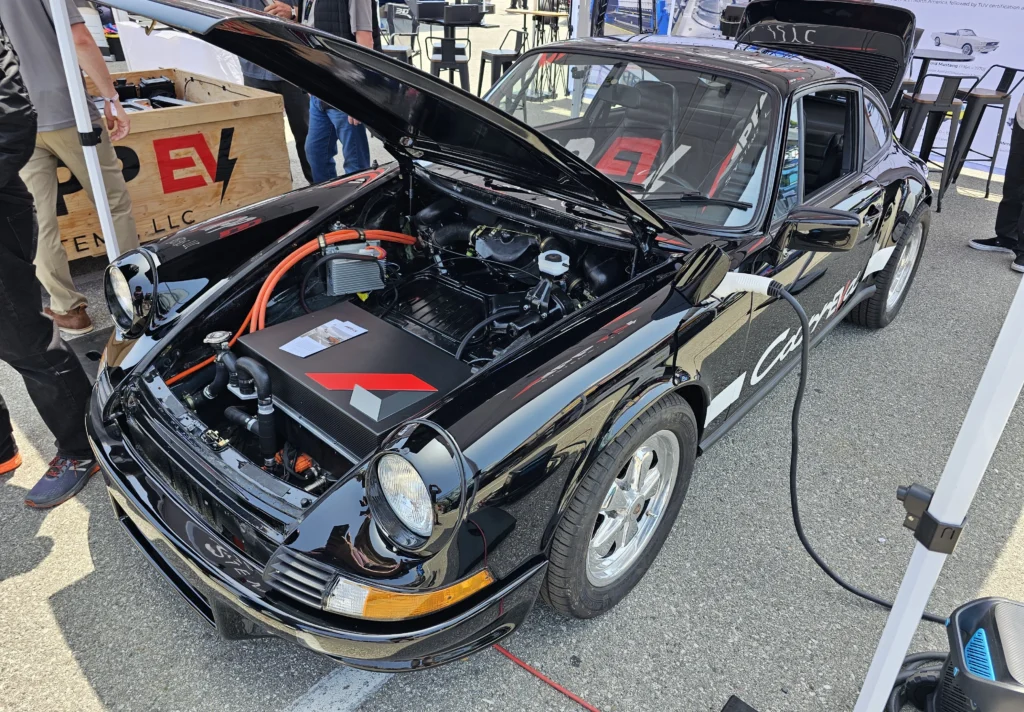
Have you ever looked at your old gas-powered car and thought, “Why not go electric?” Whether it’s rising fuel prices, environmental concerns, or just a DIY itch, converting your car to electric can be a rewarding project. While the idea may sound complicated or expensive, the truth is, with the right tools and planning, you can do it on a budget.
This step-by-step guide walks you through the entire process — from selecting the right vehicle to hitting the road in your homemade EV. We’ll cover estimated costs, tools you’ll need, and how much time you should expect to invest. Ready to roll up your sleeves? Let’s get started.
Step 1: Decide If an EV Conversion Is Right for You
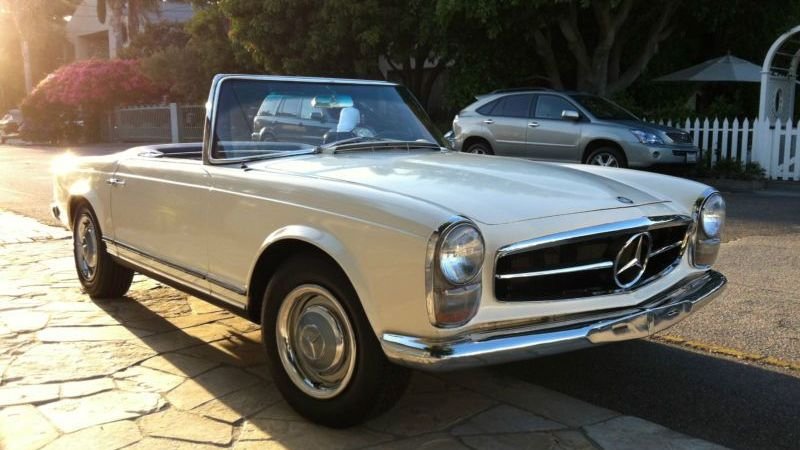
Before diving in, ask yourself a few key questions:
- Do you have some basic mechanical and electrical knowledge?
- Are you ready to spend several weekends (or more) in the garage?
- Can you live with a vehicle that may not go as far or as fast as a factory-made EV?
If you answered “yes” to those, you’re already on the right track.
Step 2: Choose the Right Donor Car

Not all vehicles are equally suited for an electric conversion. You want a car that’s:
- Lightweight – the lighter the better to maximise range.
- Manual transmission – easier to adapt to an electric motor.
- In good structural condition – so you’re not investing in rust repair.
Popular choices include older models like the Honda Civic, Mazda MX-5, Volkswagen Golf, or even a small pickup like the Toyota Hilux.
Estimated Cost:
- Used donor car in decent condition: $500–$3,000
Step 3: Source Your EV Conversion Kit or Components
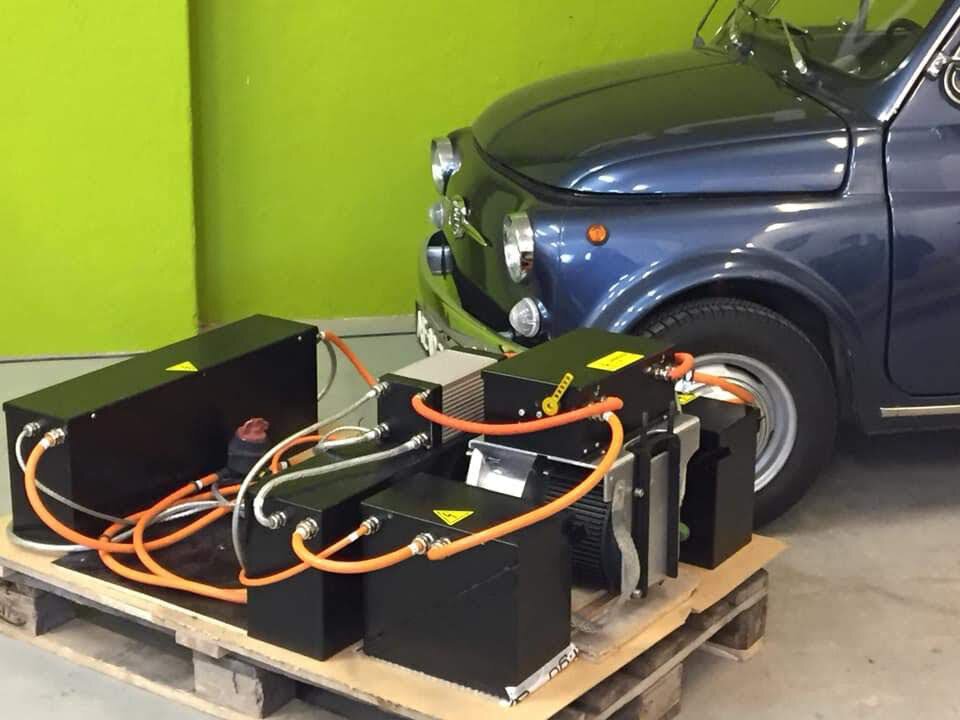
You’ve got two options here. You can either:
- Buy a complete conversion kit, or
- Source components individually.
Basic Components You’ll Need:
- Electric motor (usually DC or AC)
- Motor controller
- Battery pack (Lithium-ion is preferred)
- Charger
- DC-DC converter (for 12V system)
- Adapter plate (to connect motor to transmission)
- Throttle controller
- Fuses, wiring, contactors, and safety gear
If you’re on a tight budget, you might look for used parts from wrecked EVs like a Nissan Leaf or Chevy Volt. DIY forums, Facebook Marketplace, and eBay can be goldmines for this.
Estimated Cost:
- Complete kit: $6,000–$10,000
- DIY parts sourcing: $3,000–$7,000
Step 4: Gather Your Tools and Safety Equipment
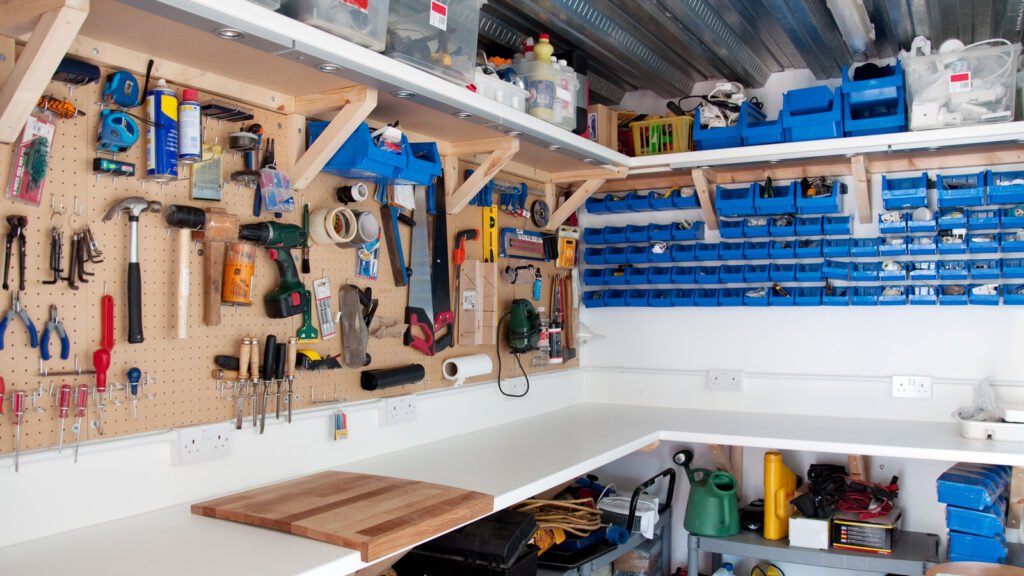
You don’t need a professional garage setup, but you will need:
Basic Tools:
- Socket wrench set
- Screwdrivers
- Jack stands
- Engine hoist
- Torque wrench
- Wire crimpers
- Drill
- Multimeter
Safety Gear:
- Insulated gloves
- Eye protection
- Fire extinguisher
- High-voltage signage
If you don’t own some of this gear, consider borrowing or renting. Community tool libraries can be a surprisingly useful resource.
Estimated Cost:
- Tools and safety gear: $300–$800 (depending on what you already have)
Step 5: Remove the Internal Combustion System
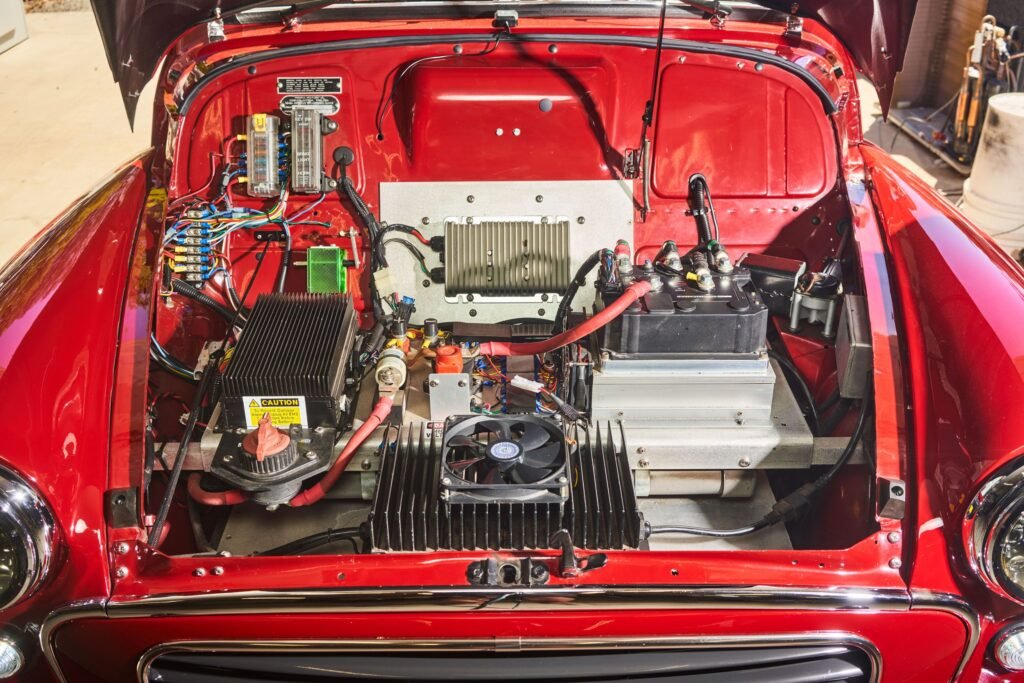
Now comes the real work. You’ll need to remove:
- Engine
- Exhaust system
- Fuel tank
- Radiator
- Alternator
- Starter motor
This step can take anywhere from 1 to 3 weekends depending on your experience and whether you’re working alone or with friends.
Pro tip: Label every wire and hose you remove — even if you think you won’t need them again. It’ll save you massive headaches later.
Timeframe: 20–40 hours
Cost: Free (you might even sell some old parts!)
Step 6: Install the Electric Motor and Adapter Plate
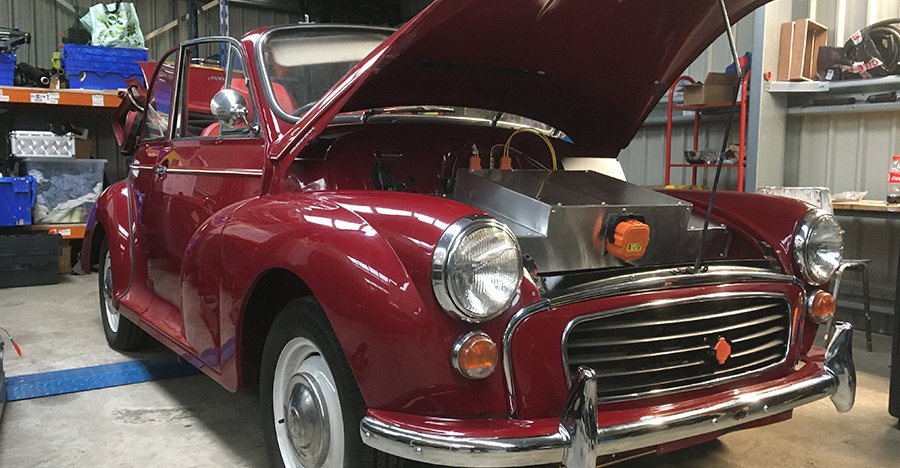
Once the engine bay is cleared, you’ll bolt the electric motor to the transmission using a custom adapter plate. You may need to build or buy motor mounts to secure the unit properly.
Alignment is crucial here — if the motor isn’t perfectly centred, you’ll have vibration issues or premature wear.
Estimated Cost:
- Adapter plate and mounts: $300–$1,000
Timeframe: 10–20 hours
Step 7: Wire the System
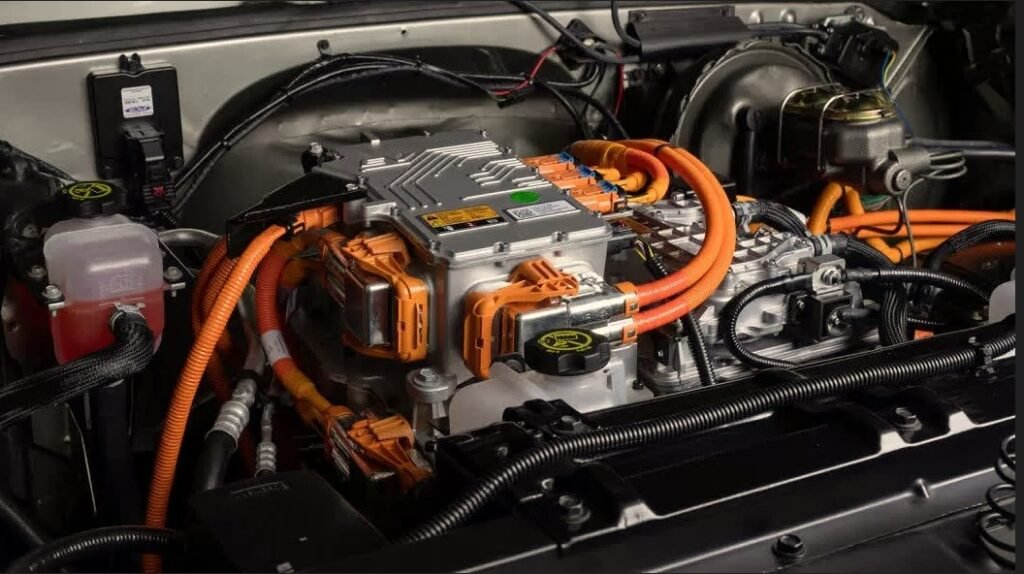
This is where things get technical. You’ll wire:
- The motor to the controller
- Controller to the battery pack
- Battery pack to the charger
- DC-DC converter to the 12V system
Many DIYers find this the most intimidating step. Take your time, double-check every connection, and refer to wiring diagrams specific to your components.
It’s a good idea to use color-coded wiring and heat-shrink tubing to keep everything neat and safe.
Estimated Cost:
- Wiring and accessories: $300–$600
Timeframe: 30–50 hours
Step 8: Install the Battery Pack
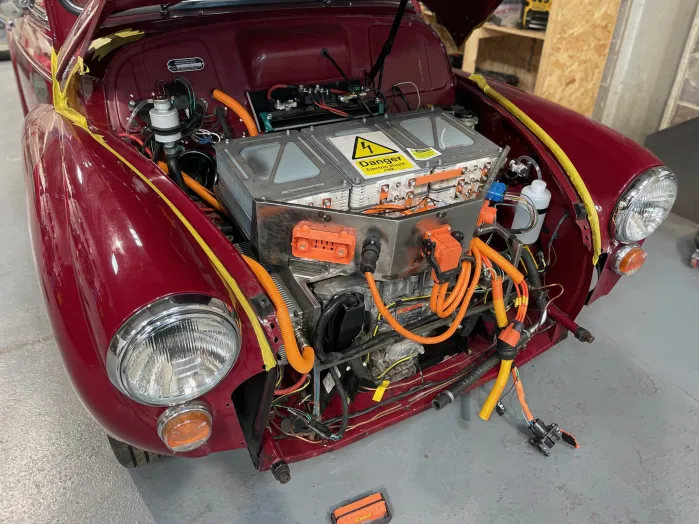
Where you place the batteries affects your car’s handling and performance. You’ll usually split the pack between the engine bay and trunk for balance. Secure mounting is critical — you don’t want them shifting around on a bumpy road.
Make sure the batteries are properly insulated and that high-voltage cables are isolated from the chassis.
If you’re on a tight budget, start with a smaller battery pack and upgrade later.
Estimated Cost:
- Lithium-ion batteries: $2,000–$5,000
Timeframe: 15–25 hours
Step 9: Install the Charging System
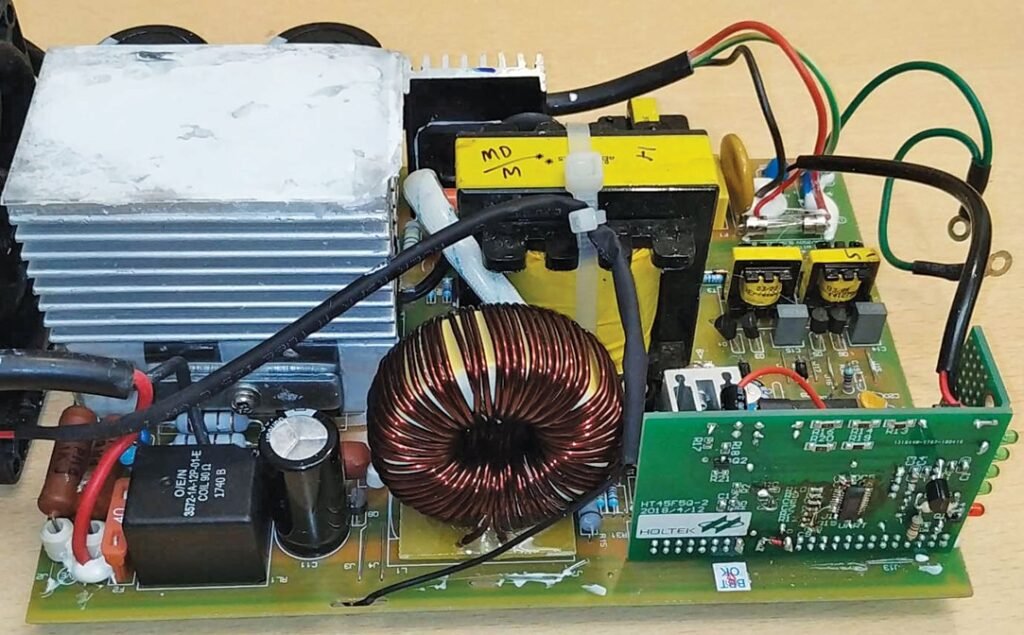
Mount the onboard charger and wire it to your battery pack. Install a J1772 port (standard Level 2 EV plug) somewhere accessible — often replacing the old fuel cap.
You can use a Level 1 (120V) charger at home to start, or upgrade to Level 2 (240V) for faster charging later.
Estimated Cost:
- Onboard charger and port: $400–$800
Timeframe: 5–10 hours
Step 10: Safety Checks and System Testing
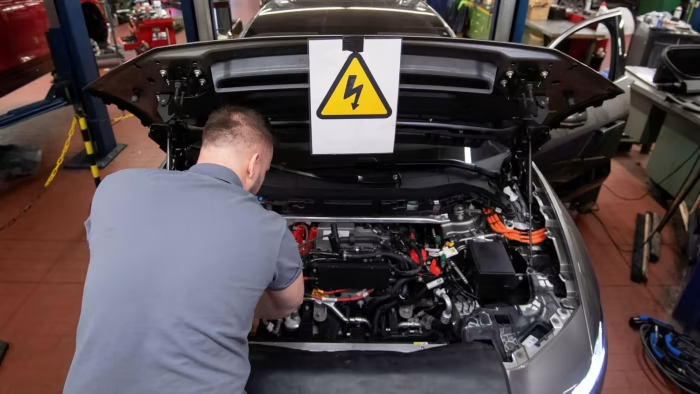
Before turning the key (or switch), double-check:
- All wiring is correctly insulated
- No loose mounts or bolts
- The controller is programmed correctly
- Brake and steering systems work
Test components one at a time — motor spin, battery charge, accessory power, etc. If you’re unsure, consult with an EV-savvy mechanic or join an online EV forum.
Step 11: Get Certified and Legal
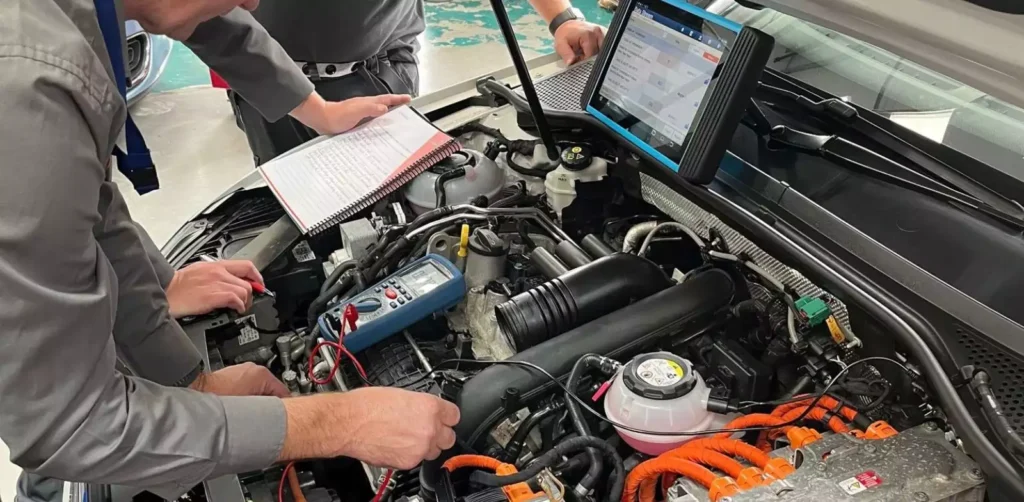
Regulations vary by country and state, but most places require:
- Safety inspection
- Emissions exemption paperwork
- Insurance adjustments
- Updated registration
In some areas, you’ll need an engineer’s certification to ensure the vehicle is roadworthy.
Estimated Cost:
- Legal and registration fees: $100–$500
Step 12: Enjoy Your Budget DIY EV!

Once you’re road-legal, it’s time for the fun part. You’ve just taken an old gas guzzler and turned it into an emissions-free daily driver. Sure, your EV might not outrun a Tesla, but the satisfaction of building it yourself? Priceless.
Total Estimated Budget
| Item | Cost Range |
|---|---|
| Donor car | $500–$3,000 |
| Conversion kit/parts | $3,000–$10,000 |
| Tools and safety gear | $300–$800 |
| Adapter plate & mounts | $300–$1,000 |
| Wiring and accessories | $300–$600 |
| Batteries | $2,000–$5,000 |
| Charger and charging port | $400–$800 |
| Inspection and legal fees | $100–$500 |
| Total | $6,900–$21,700 |
Can You Convert a Car for Less?
Absolutely. Some ambitious DIYers have done it for as little as $5,000 by:
- Using salvaged batteries and motors
- Skipping non-essential electronics
- Starting with a very basic vehicle
- Doing every bit of the work themselves
It all depends on how much time you’re willing to invest and how creative you get with sourcing parts.
Final Thoughts
Converting a car to electric isn’t just about saving on fuel — it’s about learning, experimenting, and building something truly yours. The first time you hear that silent motor hum and realise you made it happen, you’ll know every scraped knuckle and late-night wiring session was worth it.
So, if you’re passionate, patient, and practical, they say go for it — because the road to electric doesn’t have to be paved with gold.





